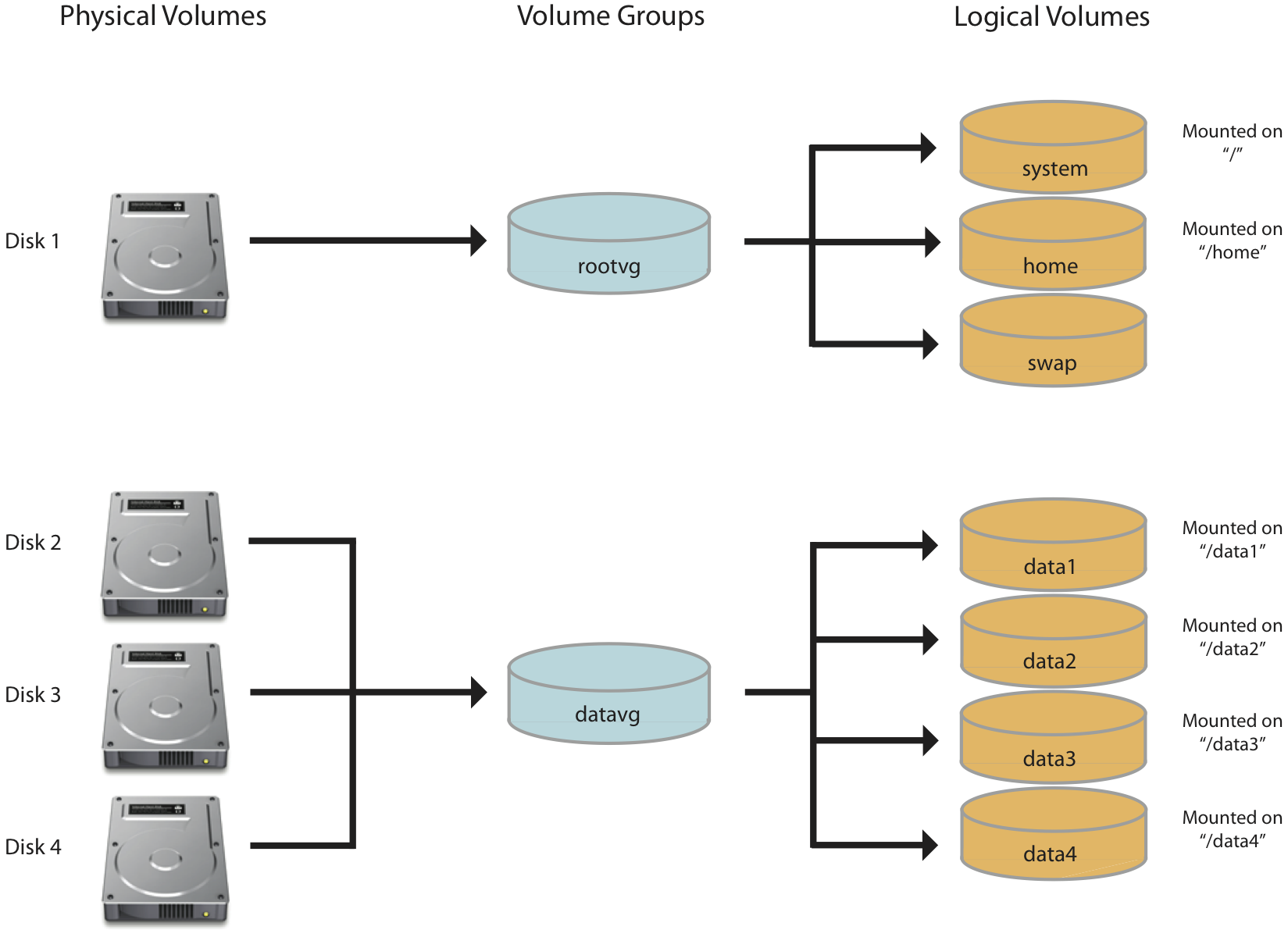


The recent appearance of Hadoop in the data landscape has created new scenarios not initially anticipated.


In this scenario, you can use a logical data warehouse to access two or more data warehouses from a single virtual data layer and ensure continuity in your business applications. During a transition from a traditional data warehouse to a new cloud based platform (Redshift or Spark), you will need to maintain two data warehouses alive for a certain period of time. A logical data warehouse can facilitate this process by blending the data from both environments. These transactions often involve independent, complex and incompatible systems that are difficult to consolidate. Different teams may manage their own warehouse, etc. Very often large corporations have more than one data warehouse. Aspects like latency and the variety of sources involved makes this scenario own its own section.Ĥ – Data Warehouse + Data Warehouse (Data Warehouse Integration) We can also encounter cases where the data warehouse itself has been moved to the cloud (using Spark, Amazon Redshift, etc.). Similar concept as above but a coming from a different angle: given the increase in the adoption of cloud applications, a new scenario for a logical data warehouse is to blend information from the data warehouse with data from different cloud environments, like. In this case, a logical data warehouse offers a virtual data layer that collects data from each environment – data warehouse and MDM – and exposes that combined view of the information to enrich the raw data. This may occur because you have separate teams using the different systems exclusively, and you want to keep it this way. A Virtual Data Mart will integrate multiple sources and create a business friendly data model available to end users or other consuming applications, like reporting tools.Ģ – Data Warehouse + Master Data ManagementĪnother common pattern for a logical data warehouse is blending data from your data warehouse and MDM (master data management). These represent an easy approach for business users to consume data without the need to think about concepts like star schema and foreign keys, and see the data sets from the perspective of their department. However, my favorite part was hearing about the different use cases for this technology, so below, I will summarize the common patterns for a logical data warehouse. The event consisted of various presentations, including a general introduction to a logical data warehouse and demos. You can combine them however you want and in the way that is more practical or makes more sense to you.Logical Data Warehouse is a major topic these days, so when Denodo hosted an event focused on this, I had to attend.
#Gideros get logical dimensions how to#
Pretty simple, yet super powerful to understand how to use these logical operators. if neither of those occur, then just use a standard formula to calculate the shipping which is Weight times 1.25.if the previous doesn’t occur, then if the account is Prime AND the amount is over 200, then the shipping cost is 0 (FREE SHIPPING!!).if the Account of the order is Prime AND the weight is under 5kg AND the amount is higher than 100, then the shipping cost for the customer will be 0 (FREE SHIPPING!).Translating that from M into just plain English: Practical scenario: Calculating the Shipping cost of an orderĪnd from it we need to calculate the Shipping cost based on this logic: With that in mind, for the or the you can absolutely use another if statement without any issues. The result of the must be a TRUE or FALSE, or in other words, a logical value. That will look like this using a Custom Column:Īnd the result of that will look like this:Īnd yes! it gives us the correct answer again Test 3: Using the NOT operatorįor this final test, let’s find all the values that are NOT below 25. We’ll be creating a new column to check if the value in this column is greater than 8 AND less than 25. One thing to take in consideration before you try these by yourself, Power Query formula language (also known as M), is case sensitive. I have this simple table that I’ll use asan example: Let’s do a few tests to see how these operators work. You’ve probably seen them sometime in DAX or in the Excel formula language and some of those are:īut how do you write them in the Power Query formula language? we already know that we can only use them inside a Custom Column, but how will that look like? Logical Operators in Power BI / Power Query In this post we’ll go over the available conditional operators and how to do Nested IFs in Power BI / Power Query. In the previous post I showed you guys how to create a conditional column in Power BI / Power Query using the UI and then just using the Power Query Formula language.


 0 kommentar(er)
0 kommentar(er)
